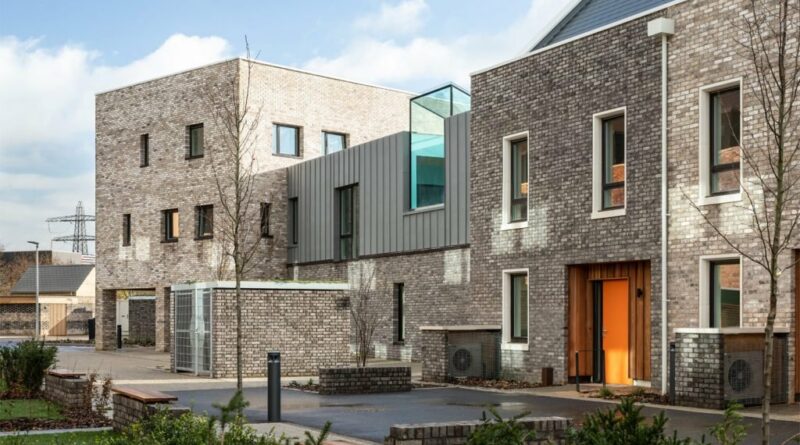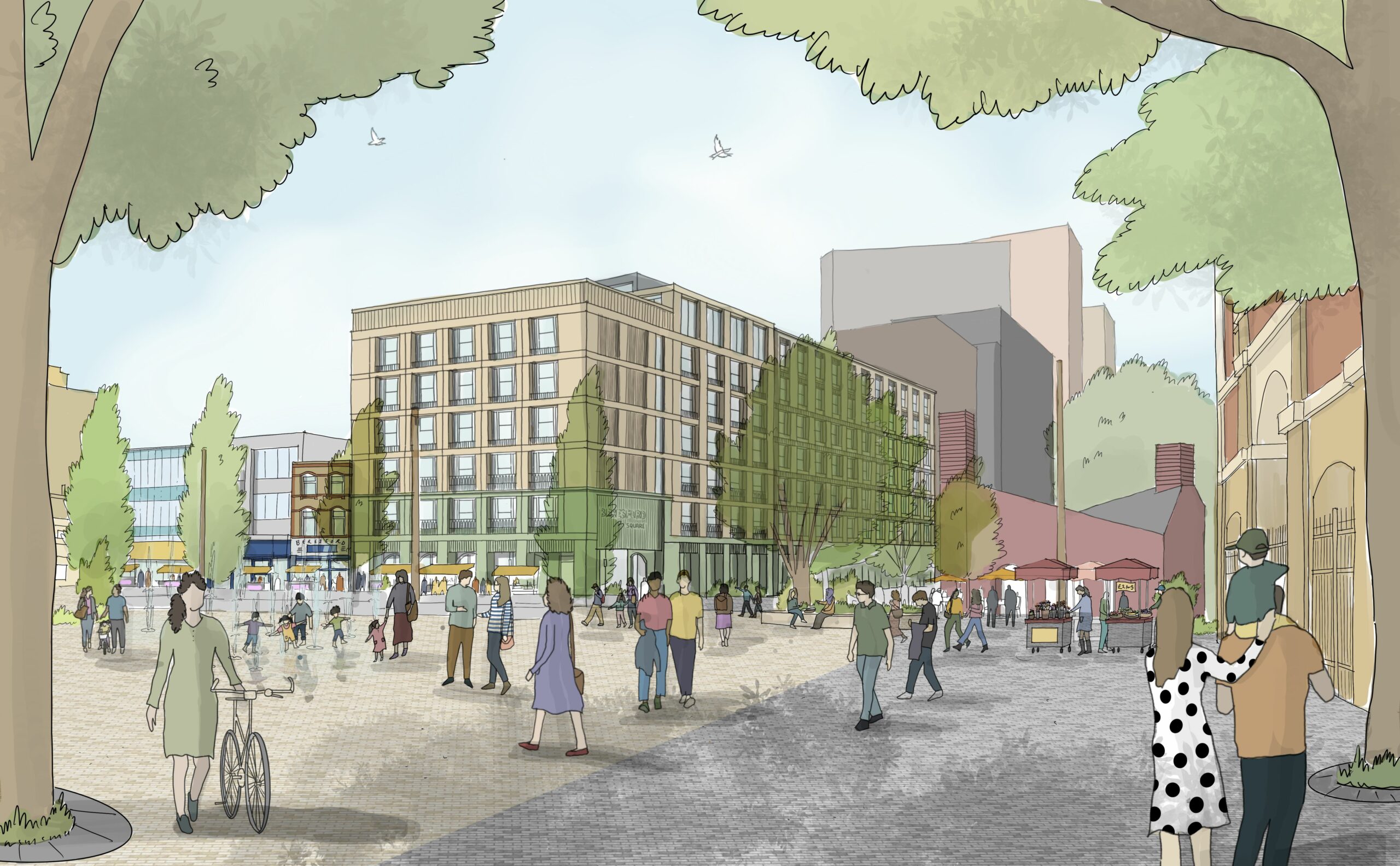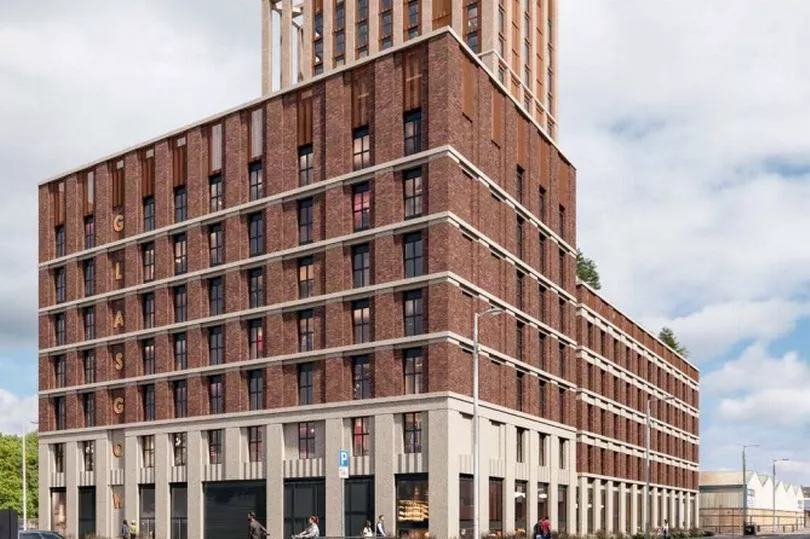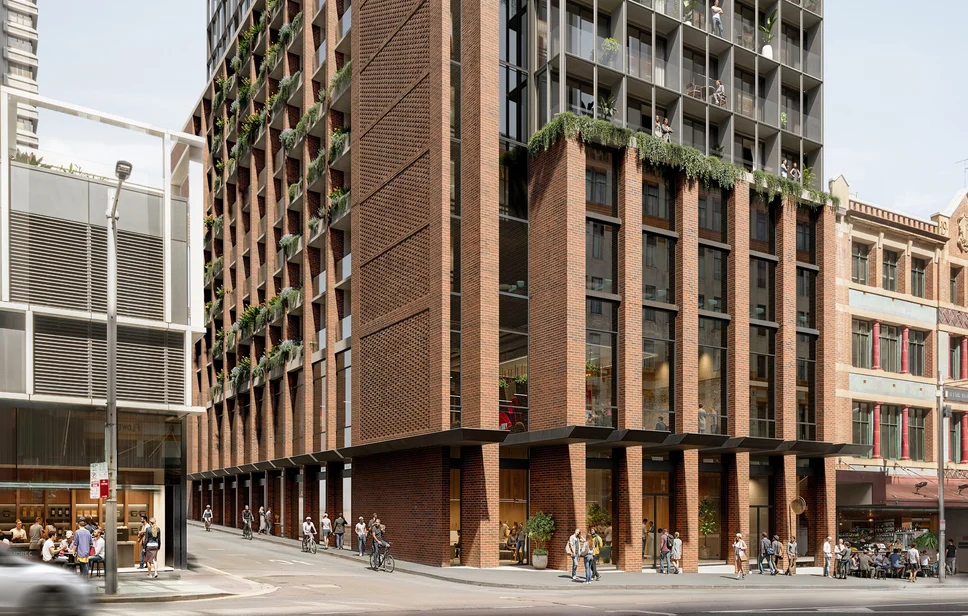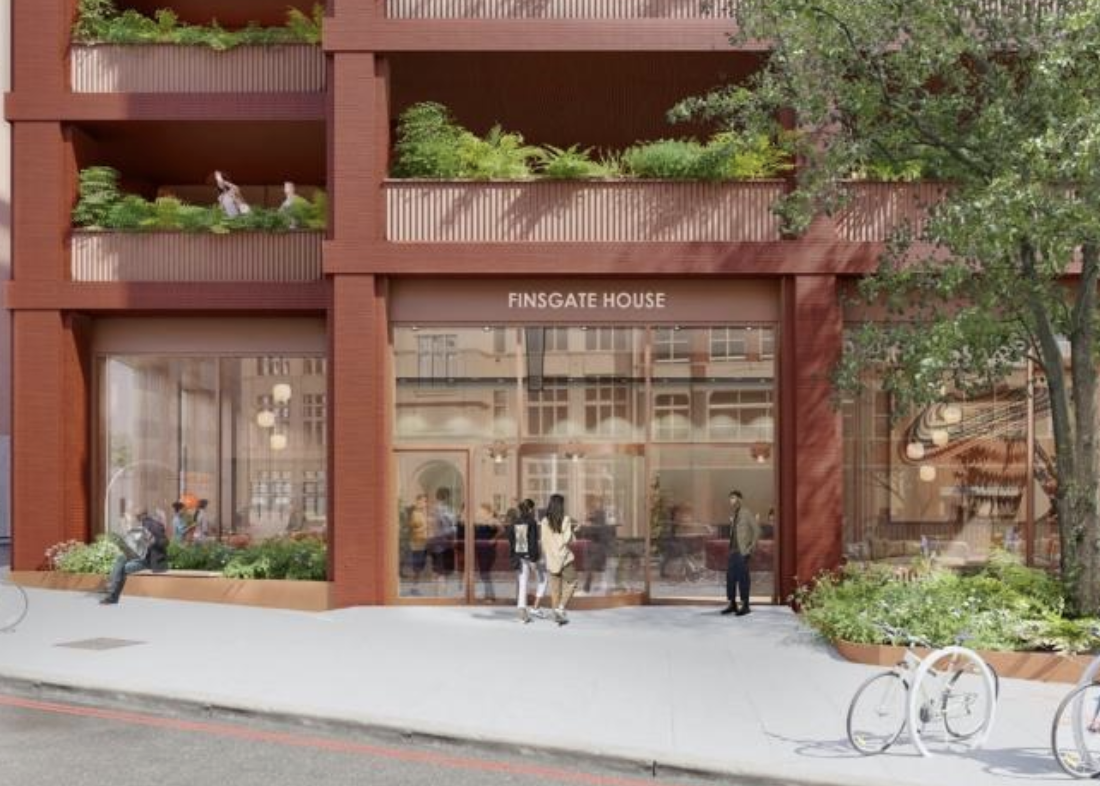Dr Ana McMillin of the Urban Design Group says coliving is often an overlooked option for regenerating inner city neighbourhoods and unlocking small development sites.
In recent years, much has been said about the challenges of regenerating inner city areas, revitalising high streets, and unlocking small sites for development.
One solution that deserves far greater attention is coliving. Not only as a response to housing affordability, but as a strategic tool for unlocking underused and difficult sites in our city centres, helping to counteract the displacement effects of past regeneration models.
High streets are at the heart of our communities, yet across the UK many continue to face long-term decline. The challenge goes beyond retail vacancy rates, and includes also the erosion of local footfall, civic engagement, and the variety of functions that once made these streets vibrant.
To successfully revitalise high streets, we need to bring residential life back into these areas. This does not only mean large mixed-use projects, but actively promoting the development of smaller sites through flexible typologies like coliving. These developments can house people who live, work, and socialise locally and thus contribute to both daytime and evening economies, and support essential services.
This approach aligns closely with the principles advocated by the High Streets Task Force. The Task Force has repeatedly emphasised the need for more residential density and mixed-use development to drive high street renewal. Coliving projects serve as an affordable housing option and require ample communal spaces and active ground-floor uses.
They are well-suited to support this vision. By putting people back at the heart of our cities or close to high streets, and ensuring ongoing activity beyond shopping hours, these projects can help create safer, more inviting streets. At the same time, they can open up economic opportunities for local businesses and service providers.
With smaller floorplates coliving offers a practical tool for unlocking difficult centre city sites
Coliving features smaller units and complements those with shared spaces. Requiring depths of just eight metres, it can fit on sites that would be impractical for traditional for-sale or even build-to-rent schemes. While build-to-rent models usually need large floorplans and cost advantages, co-living works well in tighter spaces. It provides a practical way to introduce new residential life to parts of the city that are often deemed as unviable. This is a form of urban acupuncture, precise interventions in underutilised sites that can stimulate activity, support local economies, and reintroduce residential vibrancy to places that have struggled to recover from decades of gentrification and commercial over-dominance.
I was reminded of this on a visit to Los Angeles, a city I have visited regularly over the last 20 years. Downtown LA, once deserted after office hours, has transformed into a dynamic, mixed-use neighbourhood in the recent years. Independent restaurants, galleries, and live venues now draw people into the area day and night. This shift has been driven in no small part by the growth of inner-city living and, crucially, by a mix of housing tenures, including coliving models that have enabled a broader demographic — not just high-income professionals — to live and work in the city core.
UK cities need to embrace this potential more confidently. Our planning frameworks and land disposal strategies should actively identify and prioritise smaller, irregular, or previously overlooked sites that could be brought forward for co-living. Local authorities need to recognise the strategic role that co-living can play in urban regeneration, not simply as a housing product, but as a catalyst for wider economic and social renewal.
Coliving’s active ground floors can unlock social and economic opportunities
The benefits of this extend beyond housing numbers and housing affordability. Diverse, well-populated inner-city areas support retail, cultural venues, and the night-time economy. They also ensure the presence of essential workers (such as teachers, NHS staff, hospitality teams), whose proximity to their places of work improves service provision, reduces commuter congestion, and contributes to the social fabric of the area. In our knowledge economy era, where networking and informal collaboration are the engines of growth, coliving provides valuable communal and social infrastructure.
There is a spatial opportunity here too. The requirement for coliving schemes to include generous communal areas at ground floor level opens up possibilities to create active, well-overlooked streets. This directly contributes to perceptions of safety, improving the pedestrian experience and encouraging local enterprise. Where coliving schemes are delivered thoughtfully, they can help to stitch fractured streetscapes back together and create new points of connection in areas previously dominated by large, inward-facing blocks, empty, or fenced sites.
And there is also a critical social dimension to this. Gender-informed urban design must prioritise active, well-overlooked streets to create environments where women and girls feel safe and welcome. Too many designs in the past have neglected this, favouring inward-facing blocks and lifeless frontages that diminish perceptions of safety and discourage evening activity and women’s participation in the local economy. Coliving schemes, by their very nature, require communal ground floor spaces, presenting an opportunity to design active edges that contribute to safer, better-connected streets. This is not only a moral imperative to all genders having equal access to the city, but an economic one: places where people feel secure attract footfall, sustain local businesses, and foster stronger, more inclusive communities. They unlock opportunities for all genders, leading more people to work and access leisure activities in their daily lives.
The coliving model will not be the answer for every site or every demographic, but its capacity to unlock sites, diversify city centre populations, and add vibrancy to our high streets and urban centres is clear. At a time when we live in an affordable housing crisis and local services struggle to attract staff, integrating more of these typologies into our regeneration plans is not just desirable — it is essential.
Dr Ana McMillin will be speaking about the future of urban regeneration at the Urban Living Festival in London on September 23.


